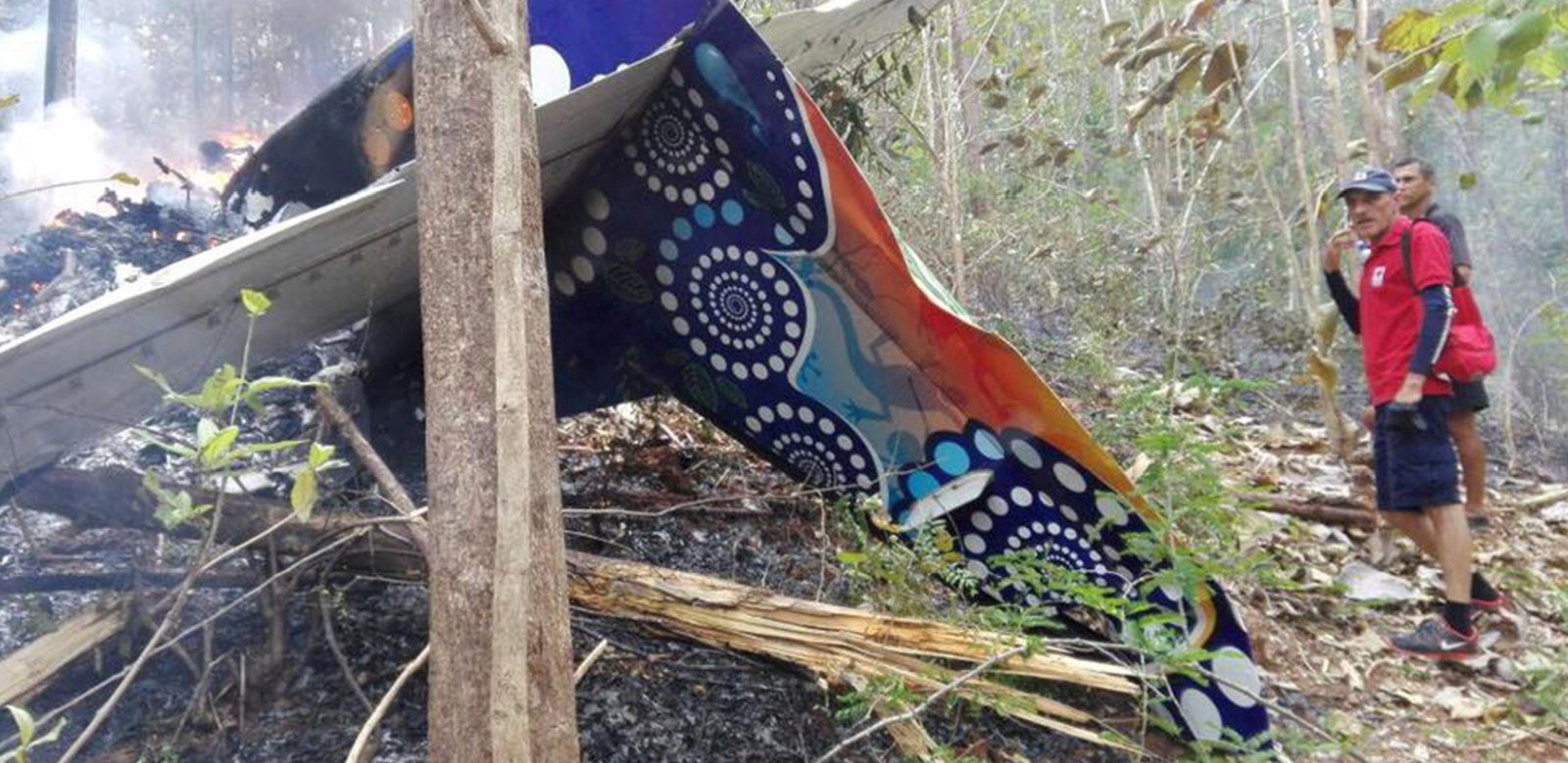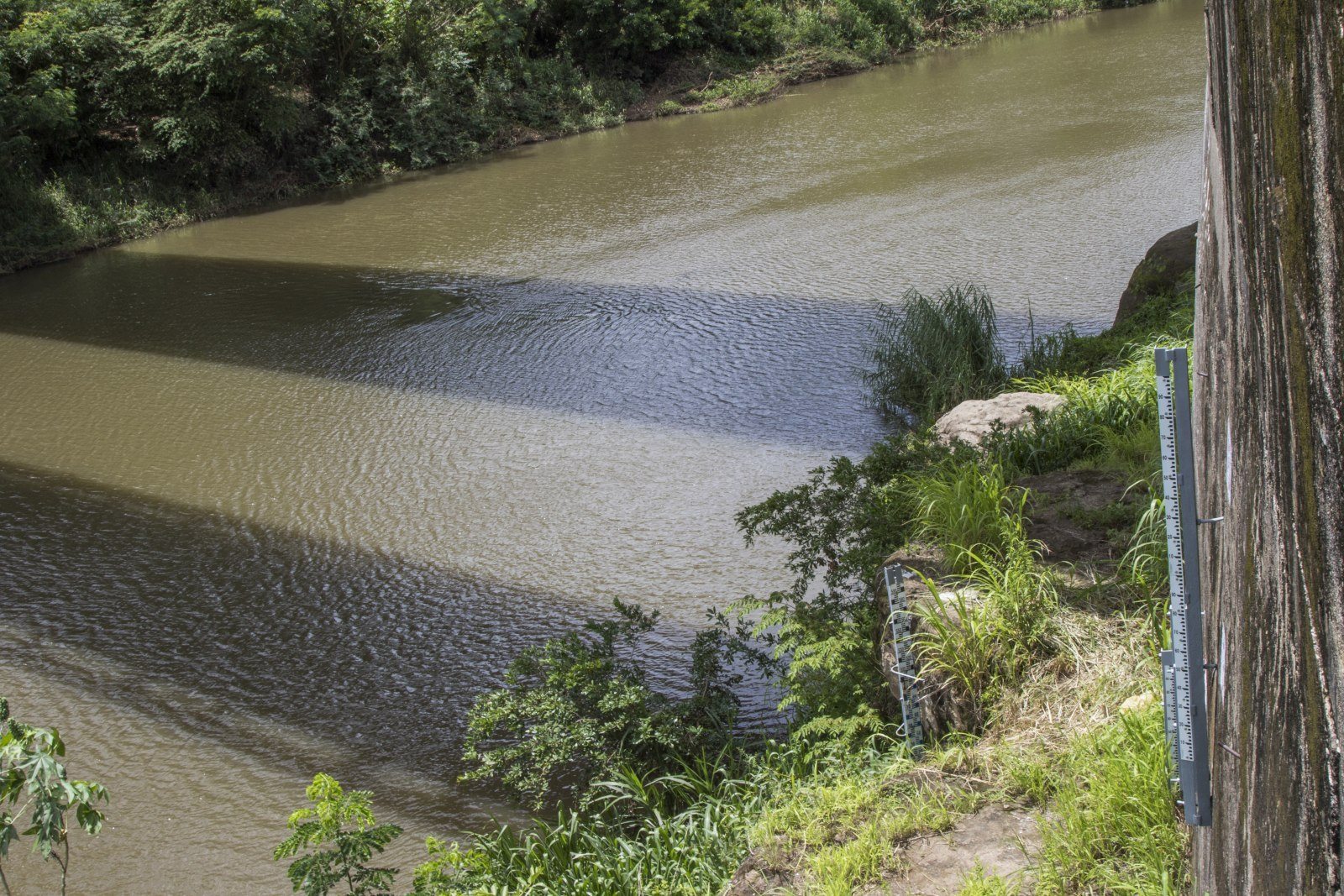
The time of the year is the main factor that a pilot takes into account when he takes off and lands on the runways of Guanacaste.
One of the possible causes of the recent plane crash that claimed the lives of 12 people in Nandayure could be weather conditions.
The Voice of Guanacaste spoke with Francisco Araya, a pilot with 20 years of experience flying the Costa Rican skies including in Guanacaste, in order to understand the factors that work in favor of and against the runways, takeoffs and landings in the province.
In his opinion, flying over the runway and verifying its condition and being aware of the intensity and direction of the wind are key elements for a safe flight.
1. In Summer
In general terms, Araya says that in summertime the Pacific coast is considered a zone with high visibility. Guanacaste is no exception.
Skies are clear and that is a factor that favors aviation professionals. But in the summer, strong winds are also present. In this time of year, winds increase in intensity and change direction intermittently.

“In Guanacaste we have windshears, which means there are sudden changes of direction and intensity which creates turbulence from one moment to the next,” Araya said.
2. The Winter
The winter, characterized by strong rains, evidences a more profound problem in the province, according to the pilot.
In his opinion, the runways in Guanacaste don’t have instruments that guide pilots toward the runways at times when they can’t see them.
“On many occasions we find ourselves in adverse situations because we don’t have approach instruments, like radars, for example,” the pilot explained.
3. The Good
Besides the beauty of its landscape, flying in Guanacaste may provide an additional benefit to pilots that find themselves in an emergency situation. Araya pointed out that the plains in the province and its spacious farmlands could be a plus for out of control landings.
It’s clear, though, that every situation is unique and the different factors and elements of each case must be considered.
4. The Bad
For the pilot, runways like those of Tamarindo, Punta Islita and Nosara have a good level of investment in infrastructure, but they fail when it comes to eliminating natural obstacles to the runway, making the work of pilots more complicated.

“Look, there are trees near the runways,” Araya said. In Liberia you don’t see a 30-meter tall tree when you are going to land! Flying in Guanacaste is very nice, but we are flying on rural runways and not airports with all the right conditions.”
In his opinion, increasing operational security by 100% should become a priority for authorities and others involved in the world of aviation.







Comments